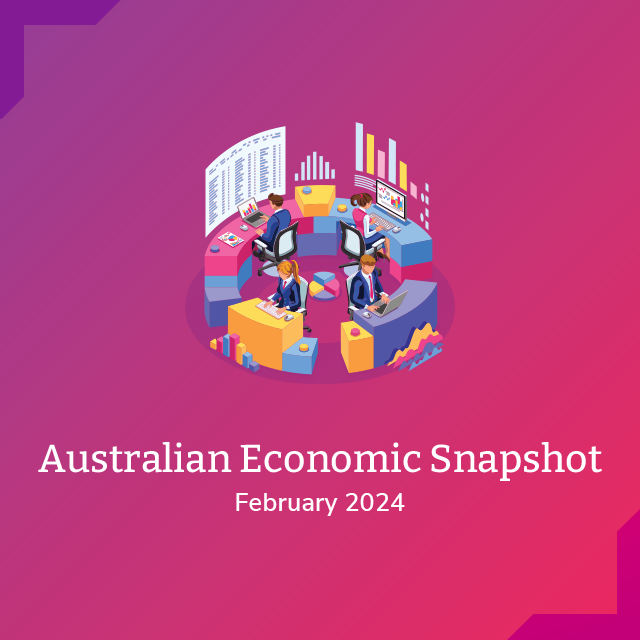How to support customers and collect payments in 2024

The economic signs are improving as we progress through 2024. Inflation is reducing and central banks are moving towards reducing interest rates later in the year.
Unfortunately, the cost-of-living squeeze, is not set to go away anytime soon, with ongoing supply-chain issues from the war in Gaza and the economic impact of the war in Ukraine.
Diminished disposable incomes will lead to more consumers entering collections
Although a reduction in Energy bills is welcome relief, energy costs remaining historically high and coupled with high interest rates the reduction in inflation doesn’t reverse the increased costs of goods in recent years,
Household bills remain high, which will result in more customers entering collections and requiring support with their regular payments.
There will be ongoing competition amongst businesses to get accounts paid on time, and in full, from diminished consumer incomes.
Here are some impacts we are continuing to see:
– Increasing financial stress amongst some consumers
– Consumer savings balances remaining low
– More consumers relying on BNPL (Buy Now Pay Later) lending
To get a share of wallet, businesses must understand consumer affordability
Businesses need a clear sight of what customers can afford – where collections must be focused – and should optimise payment options to provide a seamless experience.
Below are five recommendations for getting the highest share of wallet during the current cost-of-living crisis:
1. Make it easy to pay
Focus on flexible payment dates and provide multiple payment options.

2. Don’t let customers become frustrated
Prevent long call-waiting times by providing customers with flexible, self-service, digital payment options.

3. Start off on the right foot with customers
Take charge before payments become delinquent. Prevention is better than cure.
Certain sectors, such as utilities, will need to work very closely with customers to ensure their payment cycle is optimised over tough periods.

4. Provide a channel of choice and two-way interaction
Look at ways to improve interactions with customers, whether online, through a customer service team, or via communications. Early engagement with convenient payment options will help customers pay their bills on time.

5. Adapt to customers who are unable to pay
Ensure your staff know how to deal with people who are experiencing vulnerability or hardship.
Show empathy and proactively support those who can’t pay immediately.
There are many ways to do this, such as by implementing a digital self-service ‘pay later’ or ‘by instalment’ program.
By better understanding and supporting your customers, you will maintain customer loyalty and free up staff to assist customers who need extra support, instead of collecting monies.

Get the latest insights on the economy
illion’s Economic Snapshot reports examine the current economic environments in Australia and New Zealand, analysing consumer and commercial risk, consumer spending and collection behaviours.

